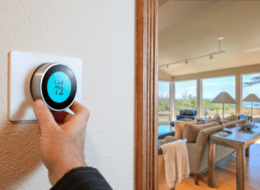Home repairs can be pricey yet essential for elderly seniors who have a hard time moving about the home. Learn about various repair assistance programs that may be able to cover or help with the cost of home improvements for seniors.
1. Your State’s Department of Aging
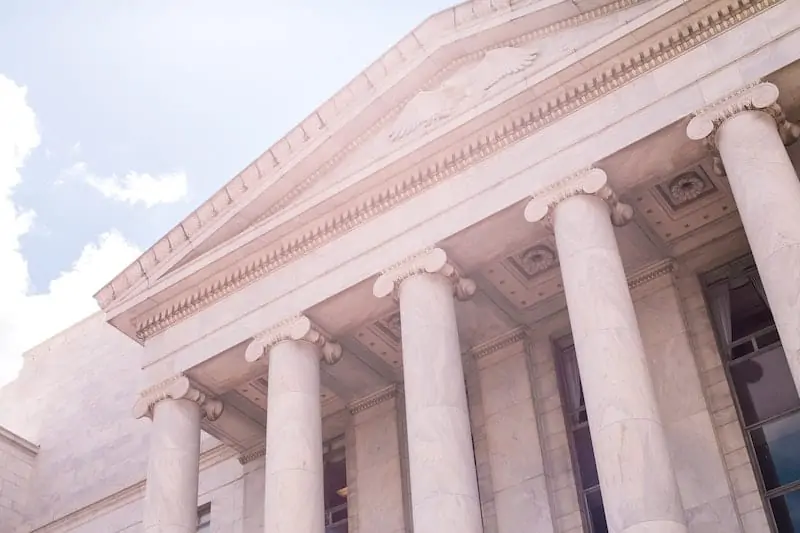
Your individual state’s Department of Aging may be particularly helpful, as they have many resources specifically designed to assist senior homeowners. The Department of Aging in various states have been known to offer free roof repairs, replace old windows with more energy-efficient units, and more.
Additional home repair grants may also be provided through other local programs. For example, Philadelphia has a Senior Housing Assistance Repair Program (SHARP). Make sure to check with your local city or county housing department as well as your state Department of Housing and Urban Development (HUD).
2. Low-Income Home Energy Assistance Program (LIHEAP)
LIHEAP is a federal program that helps eligible low-income households with their heating and cooling bills. This can come in the form of paying directly for utility costs, weatherization updates, as well as energy-related home repairs and renovations.
While eligibly requirements vary based on state and region, individuals who are already receiving Supplemental Security Income (SSO) may be automatically eligible.
3. State-Run Home Energy Assistance Programs
Similar to LIHEAP, many states offer their own home energy assistance programs. These programs are for low-income individuals (including seniors) and are intended to help pay energy costs for heating and cooling.
4. Weatherization Assistance Program (WAP)
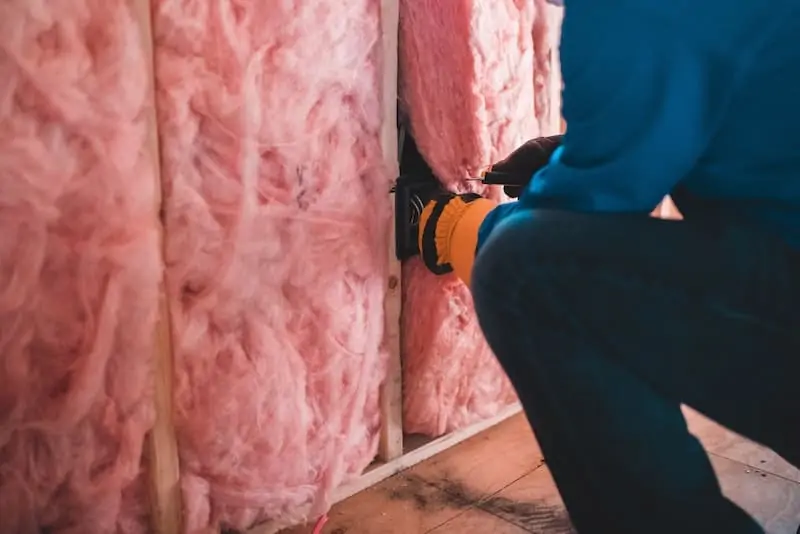
The Weatherization Assistance Program (WAP) is designed to help low-income homeowners (or long-term renters) revamp their homes to be more energy-efficient and better weatherized against the elements. The program is the largest of its kind in America and is run by the Department of Energy (DOE).
The Program’s primary purpose, established by law, is:
“…to increase the energy efficiency of dwellings owned or occupied by low-income persons, reduce their total residential energy expenditures, and improve their health and safety, especially low-income persons who are particularly vulnerable, such as the elderly, the disabled, and children.”
WAP provides funding nationally across all US states and territories via formula grants. Once the federal grants are awarded, the individual states contract with local community action agencies, nonprofits, and local governments to provide in-house crew and private contractors to perform weatherization services for low-income families.
What’s more, the DOE guidelines mandate that states have to give priority eligibility to persons with disabilities and the elderly, making it a great opportunity for seniors. And, if you receive Supplemental Security Income (SSI) you are automatically eligible to receive weatherization services!
Weatherization services include projects like:
- Installing insulation
- Sealing and repairing ducts
- Repairing heating and cooling units
- Reducing air pressure imbalances
5. HUD Title 1 Property Improvement Loan
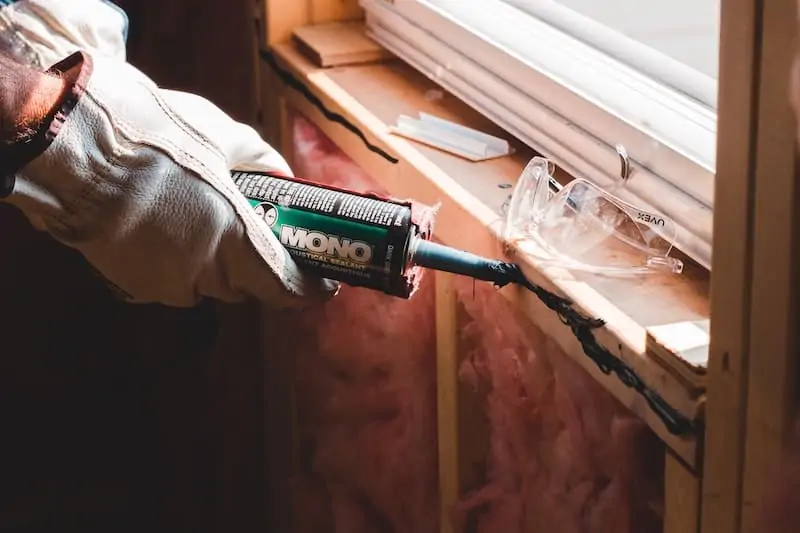
The Department of Housing and Urban Development (HUD) has a Title I Property Improvement Loan program. These loans are FHA-insured loans issued by lenders, and are designed mostly for low-income homeowners who have minimal or zero equity in their homes.
The money can be used on appliances, household items, or major repairs and renovations so long as they “make your home more livable and useful.” However, funds can be used for luxury upgrades like pools or fireplaces.
In order to apply for a Title 1 Property Improvement Loan, you must:
- Have a home that has been built and occupied for at least 90 days
- Own the home or have a long-term lease
- Use loan proceeds specifically for property improvements
- Have a debt-to-income ratio of 45% or less
The loans are not offered by HUD itself – instead, they actually insure private lenders against loss from any loan defaults, encouraging lenders to offer this type of loan without risk to their business. To see which lenders offer HUD Title 1 Property Loans, you can use HUD’s lender search portal.
6. FHA 203(k) and Limited 203(k) Loan Programs

The FHA 203(k) and Limited 203(k) loan programs finance the renovation of a primary residence.
These loans allow borrowers to refinance a property, with more funds added to the total loan amount in order to help pay for any necessary upgrades or fixes. Since they’re government-insured, these loans have more lenient qualification requirements.
As with similar loans, the funds must be used for essential improvements, not luxury upgrades like a pool or outdoor kitchen.
There are actually two types of loans that full under this category:
- 203(k) limited loan: Offers up to $35,000 for renovations and minor home repairs. However, major structural repairs are not eligible.
- 203(k) standard loan: Renovations must cost at least $5,000, with extensive repairs being eligible. With this loan, you must hire a HUD consultant to manage the renovation process.
To qualify, you’ll need a credit score of at least 500 with no history of foreclosure in the last three years. The minimum down payment for a 203(k) loan is 3.5% for those with a credit score of 580 or higher. If your credit score is between 500 and 597, you’ll need to put down 10%.
To apply for a 203(k) loan, you’ll need to locate an FHA-approved lender.
7. USDA 504 Home Repair Program Loan or Government Grant
The U.S. Department of Agriculture (USDA)’s Section 504 Home Repair program helps homeowners with very low incomes in rural areas. The program offers both loans and government grants, with slightly different usage requirements.
- USDA Loans can be used to repair, improve or modernize a low-income family’s home
- USDA Grants must be used to remove health and safety hazards (ex. adding ramps and bars for those with disabilities, repair roof, etc).
To qualify, you must:
- Be the homeowner and occupy the house
- Be unable to obtain affordable credit elsewhere
- Have a family income that’s 50% of the median income for your area
- For grant eligibility, must be age 62 or older and not be able to repay a repair loan
With the USDA Section 504 Home Repair program, you can receive a maximum loan of $20,000 or a maximum grant of $7,500. The loan can be repaid over 20 years, and the interest rate is fixed at 1%. Both loans and grants can be combined for a maximum of $27,500 in assistance funds. Certain rural home owners may even be eligible for higher loan or grant amounts.
If you’re eligible for a grant, you won’t have to pay back the funds as you will with a loan. However, if you receive a USDA 504 Grant and sell your house within three years, you’ll have to pay back the grant money recieved.
8. Rebuilding Together (Non-Profit Organization)
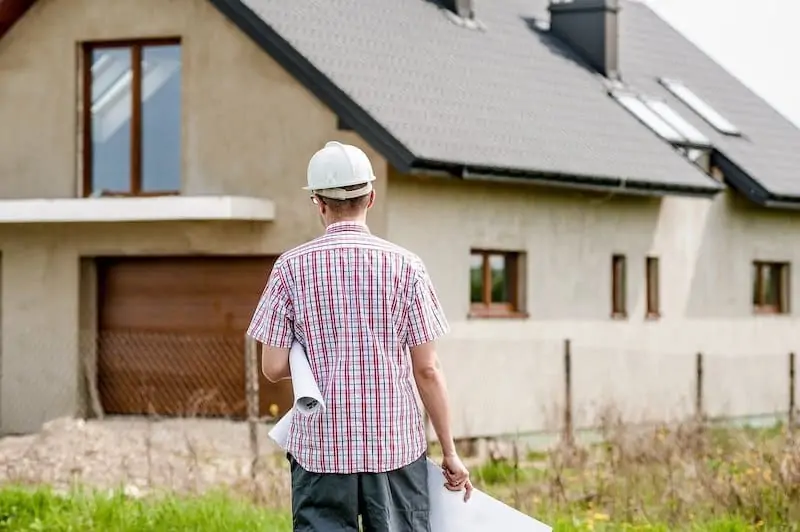
Rebuilding Together is a nationwide nonprofit organization that focuses on helping with emergency home repairs and home modifications that allow the residents to live safer and healthier.
The organization tends to have a particular focus on reducing fall risks and mobility-based repair projects for disabled homeowners. Visit their website to learn more and see if your home could be eligible for free repair assistance.
9. Medicare for Some Home Mobility Installations
Medicare doesn’t specifically fund home repairs for seniors, but if your doctor signs off that your home requires specific updates or adjustments to be livable for you, Medicare may cover things like:
- Trapeze bars to get in and out of bed
- Bath transfer benches or bath lifts
- Toilet safety frames
- Hospital-style beds
- Walkers
- Wheelchairs
Medicare can be pretty strict – they don’t cover “items of convenience” such as stairlifts, but they may be a good resource for those who just need slight home modifications or installations.
10. Habitat for Humanity
For some seniors, Habitat for Humanity may be a good fit, as they offer a range of home repair services and remodels for disabled and elderly homeowners who need housing repairs and alterations for an improved quality of life (such as individuals in desperate need of wheelchair-accessible entryways). See if you could potentially be eligible for help.
Even if you don’t end up being eligible for assistance from your local Habitat for Humanity branch, they may be able to point you in the direction of any known partner agencies or programs that could help.
11. Local Volunteer Organizations and Charity Groups
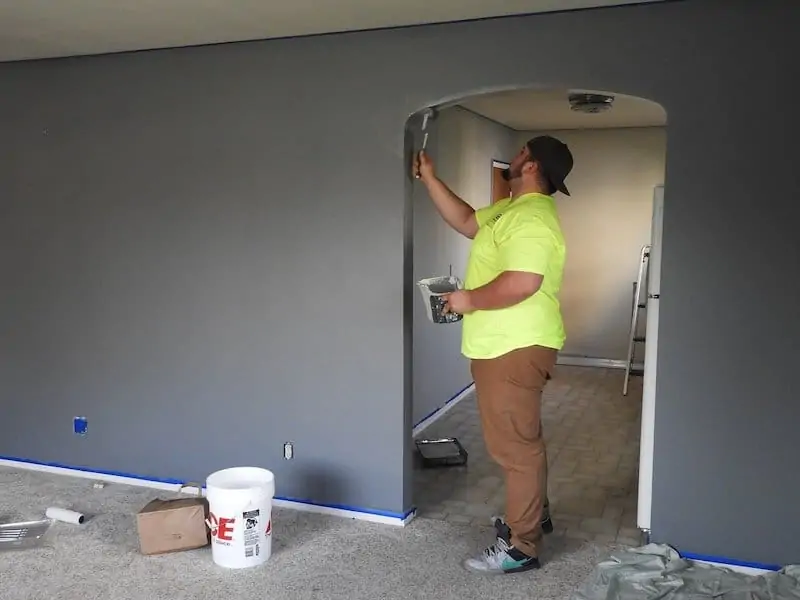
In many counties and cities, there are local volunteer groups and community action agencies dedicated to helping with critical home repairs and essential updates for those in need.
Check in with local churches, volunteer organizations, and community centers to learn which groups in your area may be able to lend a hand. Reaching out to local Boy Scouts and Girl Scouts troops for potential volunteer project opportunities is another consideration as well.
12. Contractor Services That Offers Sliding Scale Payments
Some contractors may be willing to do home modifications and critical repairs for elderly seniors at a discounted rate or a sliding scale based on their income. Simply call some local contractors and ask if these options are available for senior homeowners.
13. Home Owner’s Insurance Claim
In some cases, home repair emergencies can be covered by your insurance policy. So if your roof was recently damaged by a storm, your insurance may cover some – or even all – of the repairs needed. Consult with a home inspector to assess any damage.
Some long-term care insurance policies also may cover some home modifications.
14. Cash-Out Refinance

If you have equity in your home, you could consider a cash-out refinance to help fund emergency home repairs. A cash-out refinance is a type of mortgage refinance that allows you to exchange some of your home’s equity for cash, along with a bigger mortgage.
For these types of mortages, you’ll usually need a credit score of around 620 and a Debt-to-Income ratio of less than 50%.
However, this option should probably be used as a last resort. Learn more about cash-out refinancing here.
15. Home Equity Line of Credit

A home equity line of credit lets you tap into the value in your home when necessary, making it a solid option for home improvements and critical repairs.
Home equity loans and a home equity lines of credit (HELOC) work somewhat similar to cash-out refinancing, in that both allow you to take advantage of your home’s equity, but the methods of accessing that equity money are different.
With a HELOC, you take out an additional mortgage on your home. With a cash-out refinance mortgage, you actually replace your existing mortgage with a higher loan amount. Choosing one or the other will depend on how you want to take advantage of tax deductions, and how you want to weigh closing costs vs interest rates.
Be sure to consult with a financial advisor to get a better sense of which option is best for you.
As with cash-out refinancing, home equity lines of credit can be a bit risky. Keep in mind that borrowing against home equity can put your home at risk if you can’t repay, so be careful with how you spend home equity credit funds and make sure you can pay back the money reasonably quickly.
16. Contact Veteran Affairs

Many states and cities have additional loans and grants specifically for veterans. Be sure to research local options, but a few examples include:
- Homes for Our Troops. A non-profit that builds adapted, mobility-friendly homes for severely injured post-9/11-er veterans.
- The Home Depot Foundation. Offers various programs to help veterans, including housing grants.
Grants vs Loans: What is the Difference?
The major difference between a grant and a loan is repayment. Loans require that the receiver eventually repays the money that is borrowed. A grant does not need to be paid back – it’s essentially free money!
Of course this makes grant programs more desirable, which means that usually, grants have more eligibility requirements, are generally more difficult to qualify for, and are less common.
Loans require that the receiver pays back the money given, but many loans will allow you to pay back the funds slowly over time. Government loans are often the best because they tend to have more generous payback periods and lower interest rates as opposed to private loans.
What Do Senior Home Repair Programs Cover?
There are many national home repair programs and loans as well as state-specific programs, so the specifics of what projects will be covered really depends on the organization. However, generally speaking, free home repair programs will usually pay for things like:
- Roof repairs
- Window replacements
- Weatherization projects to improve energy-efficency
- New furnaces, heating units, or cooling units
- Senior citizen or disability modifications
- Repairs to septic tanks or plumbing
- Electrical work
Certain grants may also cover home modifications like:
- Wheelchair ramps
- Grab bars
- Accessibility updates to bathrooms
Are You Eligible for Free Home Repair Programs?
There are different eligibility requirements depending on each program, but a few factors include:
- Income level
- The homeowner’s age
- Type of property
- Where the property is located
Generally, there are specific groups and agencies focused on providing assistance to seniors in particular. Such grants are usually intended to help elderly seniors make minor home repairs or adjustments for those who are home bound. However, repairs can range from accessibility improvements to plumbing and heating improvements.
Free grants are often prioritized based on critical home repairs that will effect the safety or health of the senior individual.
Are there any other programs or resources you know of for accessing repair assistance or home improvements funds for seniors? Let us know in the comments!


